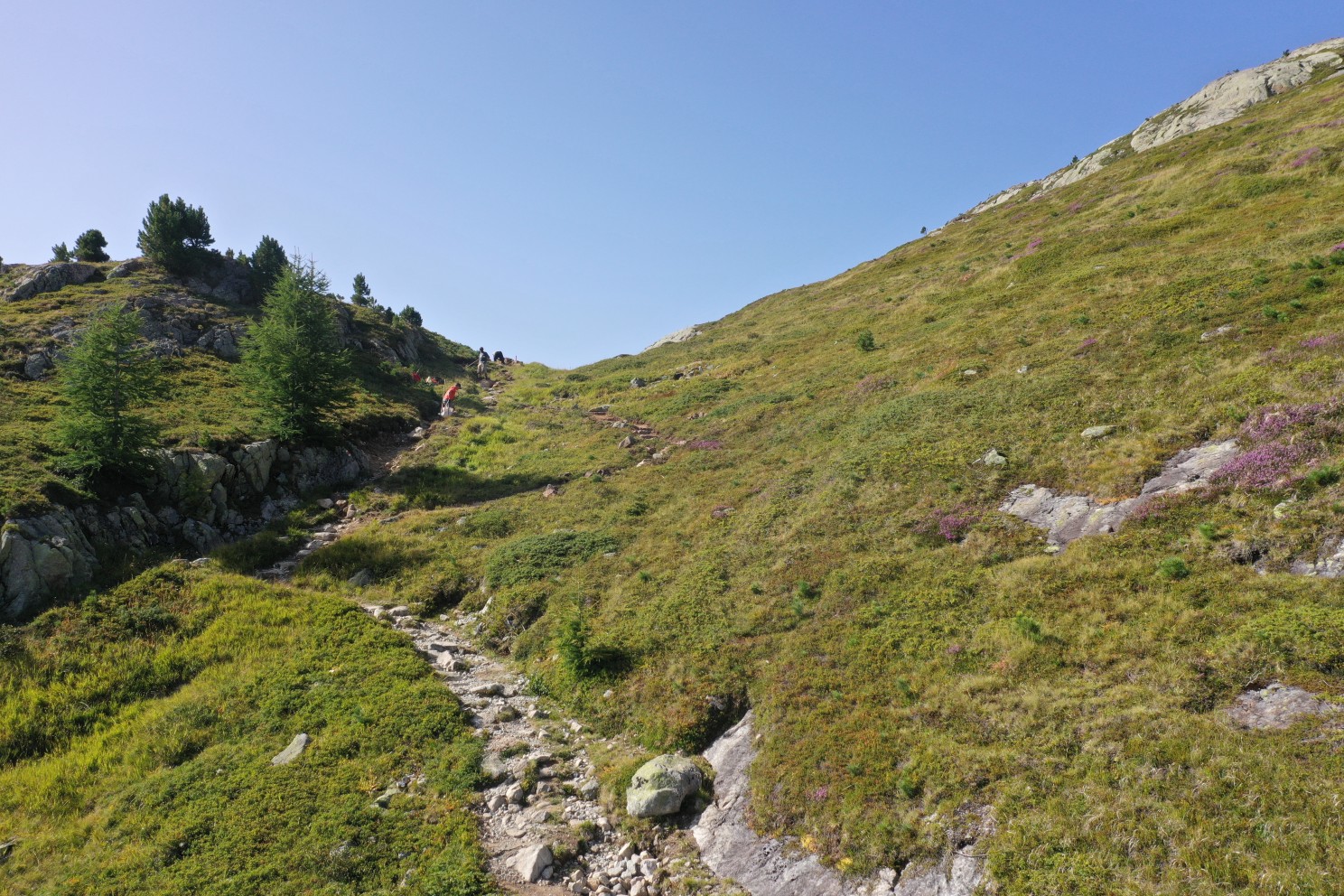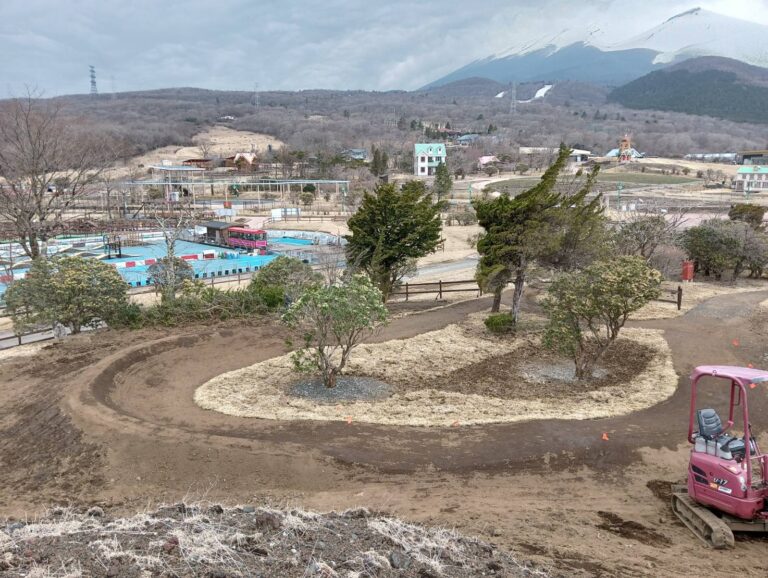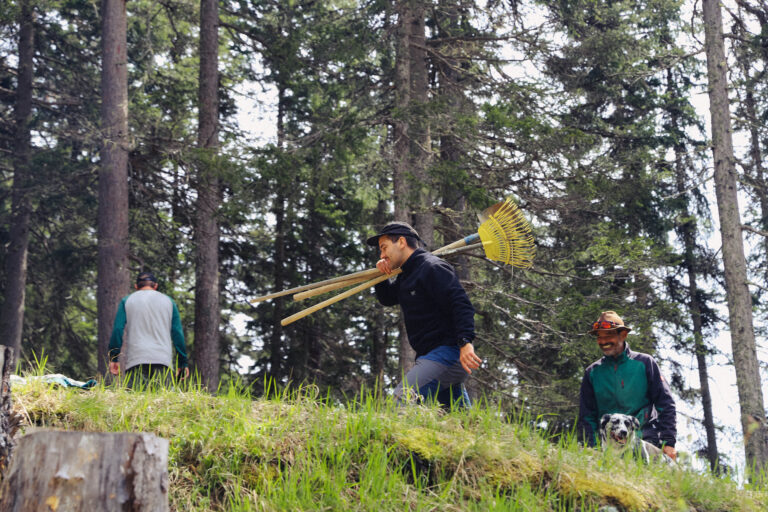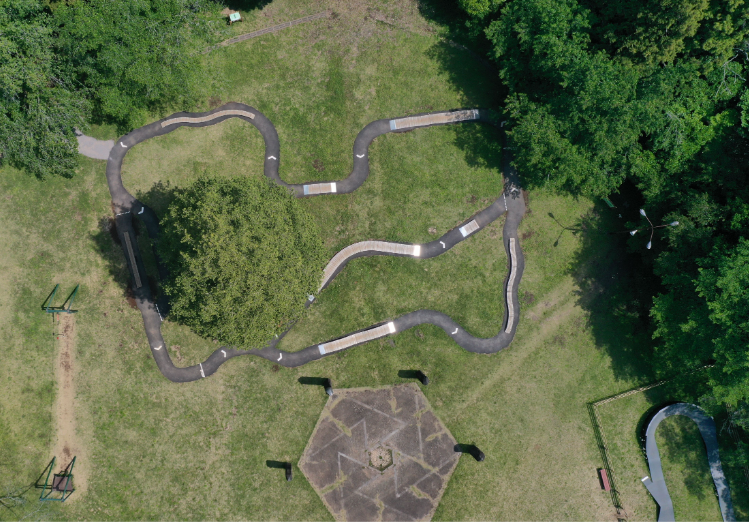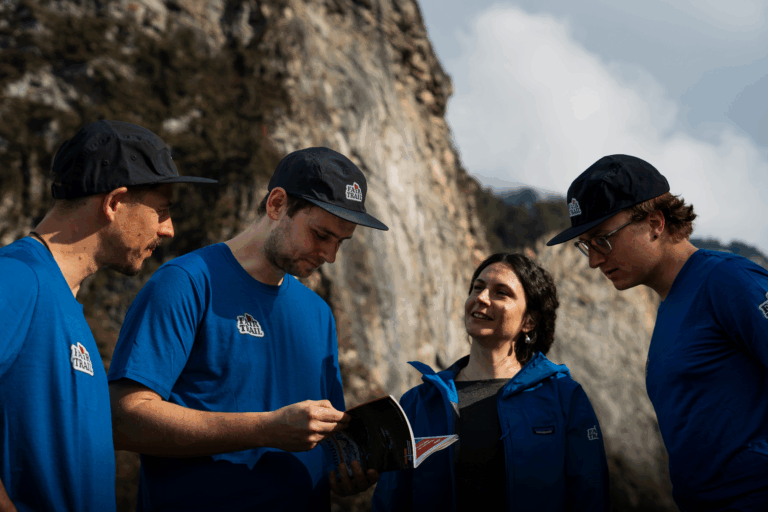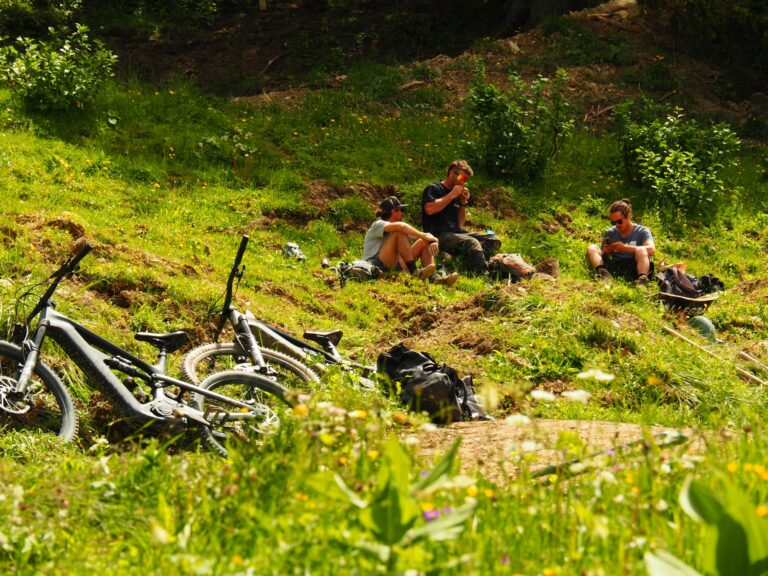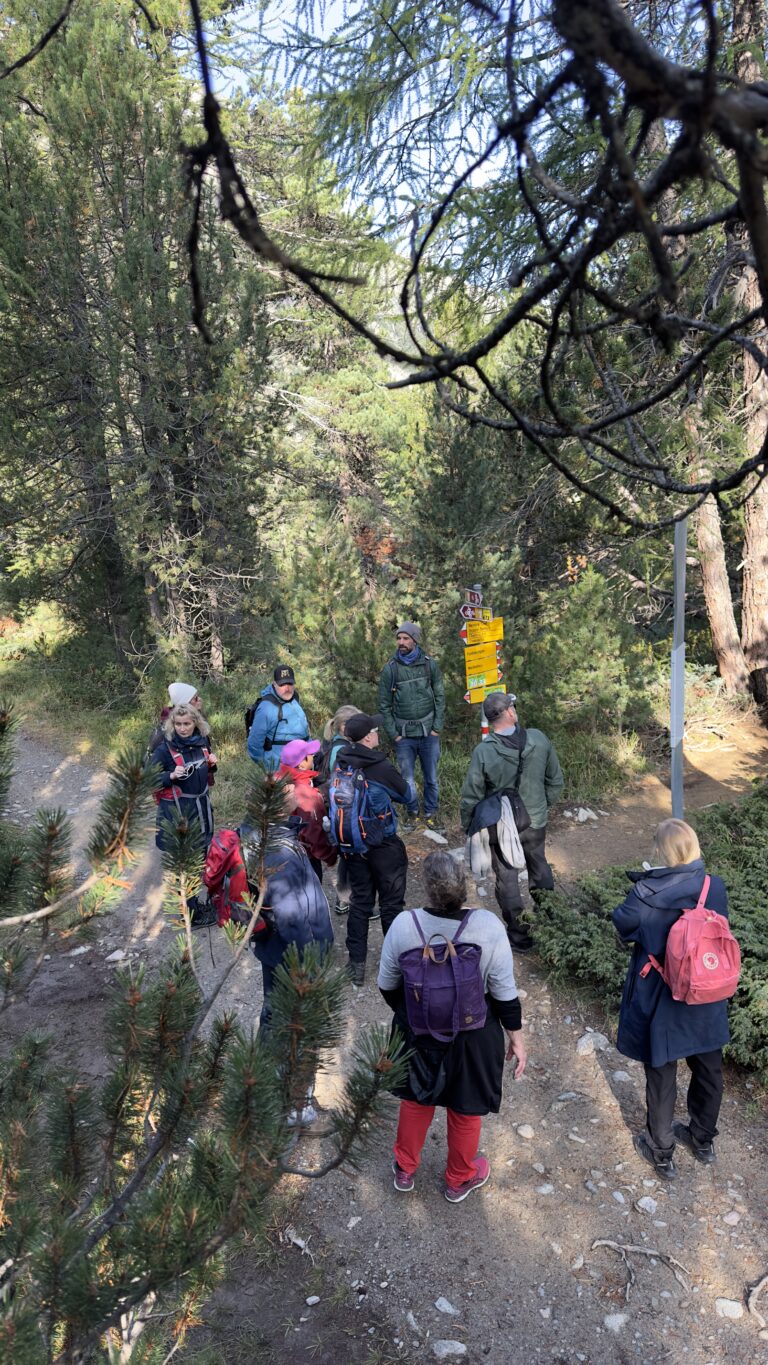Hiking trails not only provide access to the beauty of nature, but are also vital elements for tourism and local recreation. Maintaining these trails is crucial to ensure their sustainability and accessibility. However, regular maintenance is often neglected and taken for granted. Combined with poor trail design, this often leads to irreparable damage.
Regular, easy maintenance on well-laid paths can secure the tourist infrastructure and the associated investment for years. Poorly laid out, steep paths can be made fit for the future by slightly repositioning the terrain and carrying out renovation work. This article deals with the options for maintenance, logistical implementation, team size and organization.

Team size: collaboration is key
Trail maintenance is typically a team effort. The optimal size of a maintenance team depends on several factors, including the length and difficulty of the trail, the extent of the work required, and the availability of resources. A small team can consist of 2-5 people. Light maintenance typically involves two skilled trail workers. We often combine these core teams with 1-2 employees from local maintenance yards to share knowledge and reduce costs. When the rehabilitation tasks become more complex and exceed the capabilities of teams of 2 or 3 doing manual work, mini excavators are often used.
The importance of handwork
Despite technological advances, manual labor remains indispensable in trail maintenance. Manual labor enables detailed and precise maintenance that is critical for drainage, erosion control, and vegetation management. Manual maintenance is a core aspect of trail maintenance, ranging from removing obstacles to repairing trail surfaces.
Costs: A necessary investment
The costs of maintaining hiking trails vary greatly depending on the region, the condition of the trail and the extent of the work required. On average, the annual maintenance costs for a community's hiking trail network can be between ten thousand and forty thousand Swiss francs or euros, provided that maintenance is carried out regularly and no major renovation work is required.
Investing in trail maintenance not only preserves trails, but also has a positive impact on the local economy and community well-being. Well-maintained trails promote tourism, support people's health, and protect the environment.
